How to Read a Barcode
Barcodes have been used by humanity for several decades and are there on most items that we buy nowadays. We have already stopped paying attention to them even though we probably should. In some cases, information from a barcode can turn out to be very useful.
5-Minute Crafts is going to tell you what information you can learn with the help of a barcode.
What types of barcodes are there
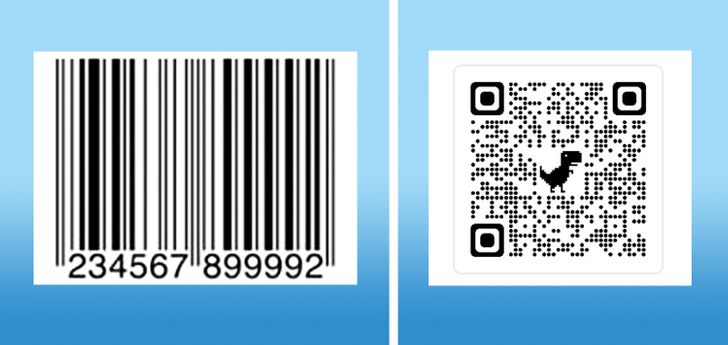
There are 2 main categories of barcodes: 1D (One-Dimensional) and 2D (Two-Dimensional).
- One-dimensional (linear) barcodes relate to the barcodes of the first generation and code data with the help of parallel black and white stripes of various widths. The length of a 1D barcode depends on the volume of information that it contains.
- Two-dimensional (matrix) barcodes are the barcodes of the new generation. They encrypt data using 2D symbols and shapes and can contain more information. 2D codes are usually square in shape. The most famous of these codes is the QR code.
How to interpret barcodes
Due to their complexity, 2D codes almost can’t be read without special equipment. The good thing is that you don’t always need a scanner for that — most mobile phones can scan and interpret QR codes.
When it comes to linear barcodes, their details can be read easily. The first thing you need to find out is what type of 1D barcode you are dealing with.
-
UPC-code
It is one of the most widespread codes for labeling consumer products in the United States, Great Britain, Australia, New Zealand, and other countries This code can contain 12 or 6 digits.
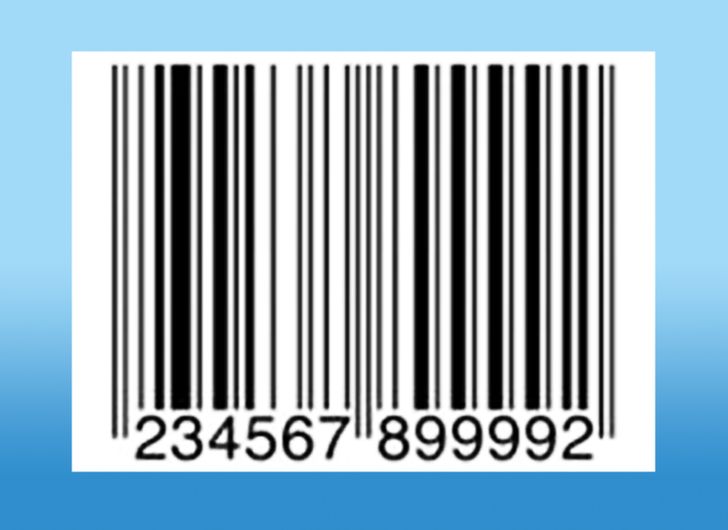
- EAN-code
EAN codes are used for labeling goods all over the world, and mainly in Europe. They can contain 13 or, more rarely, 8 digits.
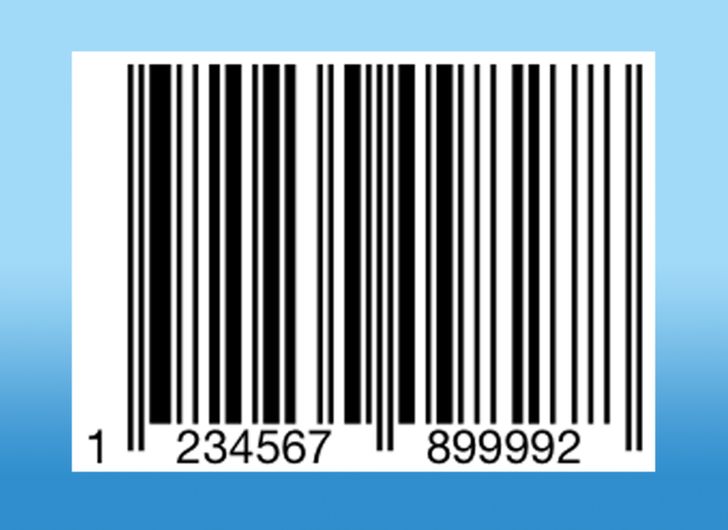
Of course, there are several more varieties of linear barcodes but it’s either EAN or UPC codes that are normally used for retail trading.
What the digits on a 13-digit EAN code mean
- The first 2 digits of the code indicate the manufacturing country of the goods.
- The next 5 digits indicate the manufacturer.
- The second set of 5 will help you identify the product. It’s the product code provided by the manufacturer.
- The last digit is a check digit. It is calculated from the first 12 digits with the help of a special formula.
An important note: If you decided to calculate the check digit of a barcode yourself and it doesn’t correspond to the one indicated on the barcode, it’s likely that it contains a mistake.
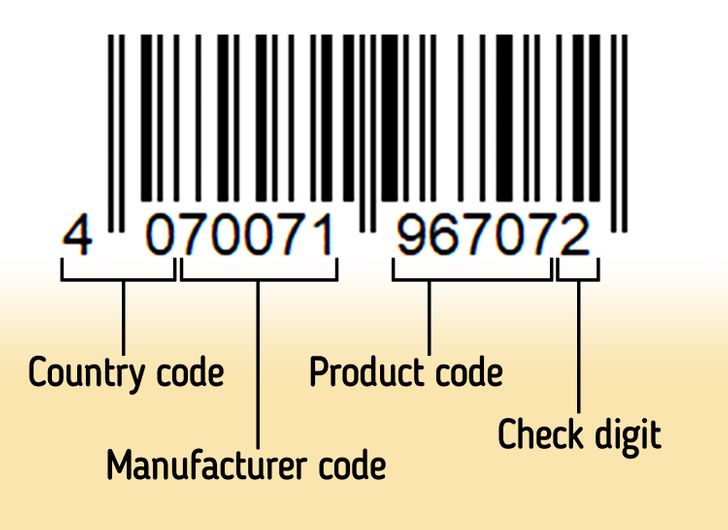
Each country has a special department that provides codes to product manufacturers and maintains a central database. The entire EAN code system is overseen by the International Article Numbering Association based in Brussels.
What the digits on a 12-digit UPC code mean
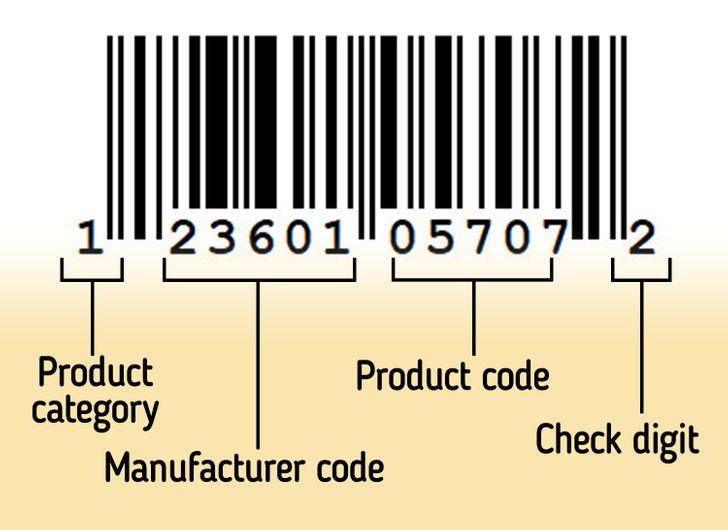
- The first digit in a UPC code is the symbol of the standard system of numeration which is assigned by the Uniform Code Council (UCC). It indicates the category of a product. 3 is used for indicating medical goods, 2 for indicating articles where the price varies by weight, 4 shows that a product is not a non-food item.
- The next 5 digits indicate the manufacturer. These numbers are also issued to the manufacturers by the Uniform Code Council.
- The next 5 digits on the code (from 7 to 11) are the product code that is assigned to the article by the manufacturer.
- The last, the 12th digit, is a check digit, just like with EAN codes. It checks that the previous 11 digits match what is entered in the UPC common database.